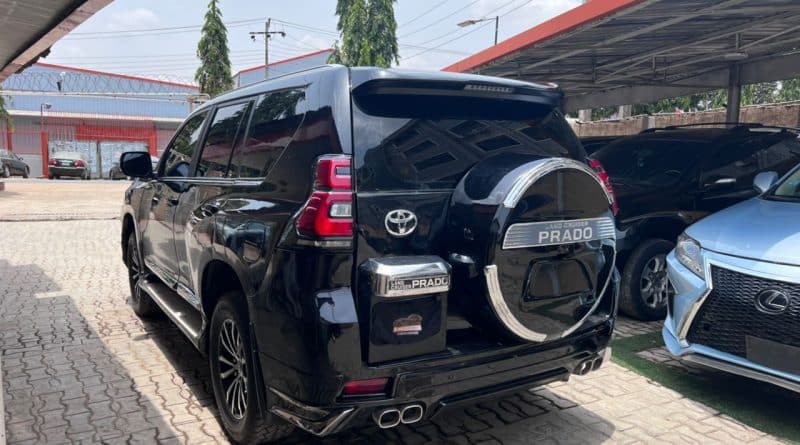Different Transfer Case Options in Four-Wheel Drive Vehicles
All four-wheel drive vehicles come with a transfer case. The box, located just behind the transmission, takes the torque generated by the engine and distributes it to the drive shafts. This part also synchronizes the rotations of the wheels and can contain low-range gears so you can take the vehicle off-road. There are several options used by four-wheel drive vehicles.
Drive Types
There are two main choices in drive types. Each has its benefits depending on the vehicle’s use. One type is the gear-driven transfer case. This system uses sets of gears to drive the front and back drive shafts. This design works well with strong, heavy units. Commonly, they are in larger trucks. However, they are showing up more frequently in passenger cars.
Chain-driven designs only drive a single axle. Rarely, do some vehicles use this design to drive both shafts. These are quieter than a gear-driven version. Compact trucks, Jeeps, SUVs, and full-sized trucks use this type of drive. However, many off-road severe drivers change this type of design to a gear-driven model. They prefer the additional strength provided by the unit and to put up with the extra noise.
Transfer Case Shift Types
As with drive types, there are a few different shift types. One is the Electronic Shift on the Fly (ESOF). This shift type comes with a dash-mounted selector that selects between all-wheel and two-wheel drive. To engage the selector for four-wheel drive high, you must drive at a lower speed. If you want to engage the four-wheel drive low, the vehicle must be stopped, and the transmission put in neutral.
The other drive type is the Manual Shift on the Fly (MSOF). The MSOF has a selector lever located on the floor transmission hump. This shift type sometimes has two sealed automatic front axle hubs with selectors of lock, unlock, or free. As with the ESOF, to engage the high setting, your vehicle must be moving at a low speed. The vehicle, to shift into low gear transmission, must be in neutral with the vehicle stopped.
Housing
Like everything else, there are a couple of different choices when it comes to housing. The first option is a married transfer case housing. This means that the part is bolted directly to the transmission. With this housing, you find it between the transmission output shaft and the rear of the main drive shaft. In some cases, the case is part of the transmission and the two share the same housing.
The other type of housing is a divorced/independent model. Unlike the married version, this one is not mounted directly on the transmission. Instead, it is located away from the transmission and connected by a driveshaft. This housing type is found only in vehicles with a long wheelbase, such as a military or commercial vehicle.
A transfer case can be a combination of any of these types. A chain-driven model can be MSOF and contained in married housing, for example. The design of the part will depend on the manufacturer.




